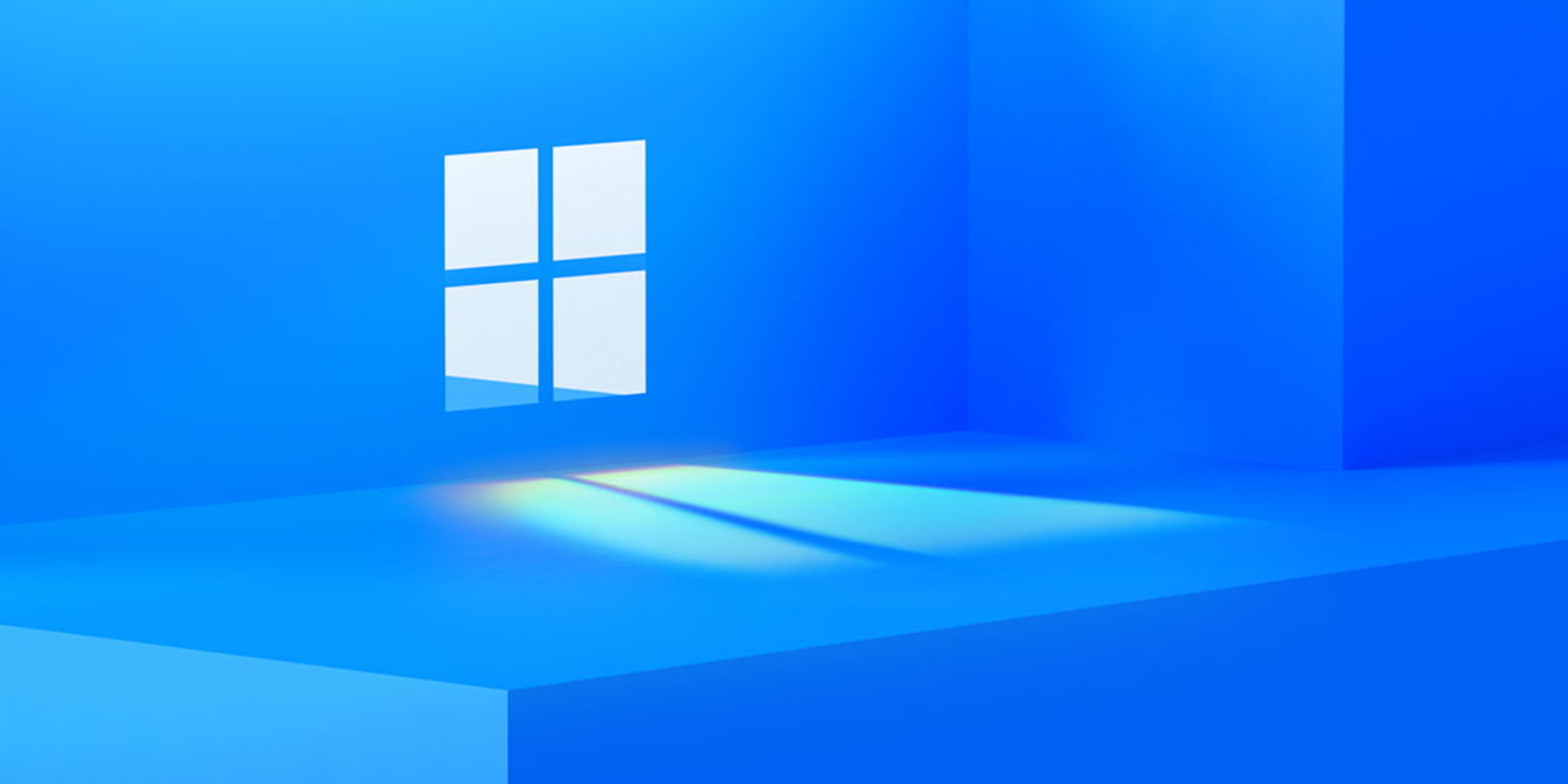After announcing the next generation of Windows back in June, Microsoft is finally rolling out Windows 11 update to “eligible devices.” Windows 11 is now officially available to download for free, if you are coming from Windows 10. Microsoft will gradually start Windows 11 rollout for all users.
If you have a Windows 10 powered device, the chances are that you might be eligible to upgrade to Windows 11. Otherwise, you will see your PC is not eligible for the update message. You can still get Windows 10 updates, but unfortunately, Windows 11 won’t be available for your device.
To check if your PC is eligible for Windows 11 update, navigate to Settings > Update & Security > Windows Update. From there, if your PC is eligible for the update, you will see “Upgrade to Windows 11” notification. Otherwise, it will display “This PC doesn’t currently meet all the system requirements for Windows 11” message. You can read all Windows 11 requirements here.
If you do not see this notification in your Settings app, it is better to wait for the official rollout. You can also manually check if your computer is eligible for Windows 11 by downloading and installing Microsoft’s PC Health Check app. You can download from this page or use this direct link if you don’t mind direct downloads.
Also read: Download Windows 11 Wallpapers
Most of the PCs are not getting this latest update due to lacking the TPM 2.0 chip, which Microsoft has made necessary for computers for Windows 11 update. If your PC isn’t supported, you will have to purchase a Windows 11 supported device to experience the latest update. You can also enable TPM 2.0 by following this guide provided by Microsoft (only if your PC already has this chip).
Windows 11 update is not for everyone; however, Microsoft will continue to provide updates to Windows 10 users. Also, Microsoft will be ending support for Windows 10 in 2025, so Windows 10 users got four more years of confirmed support and updates. You can read more about Windows 11 features here.




Share Your Thoughts